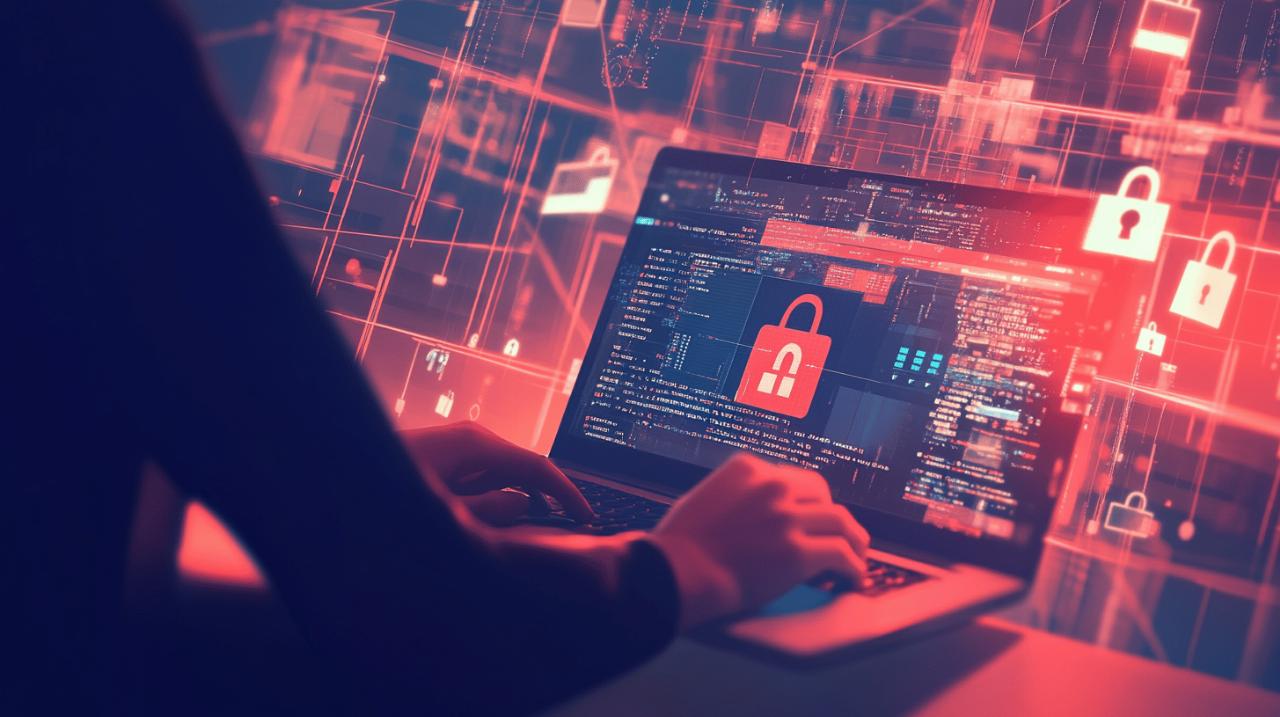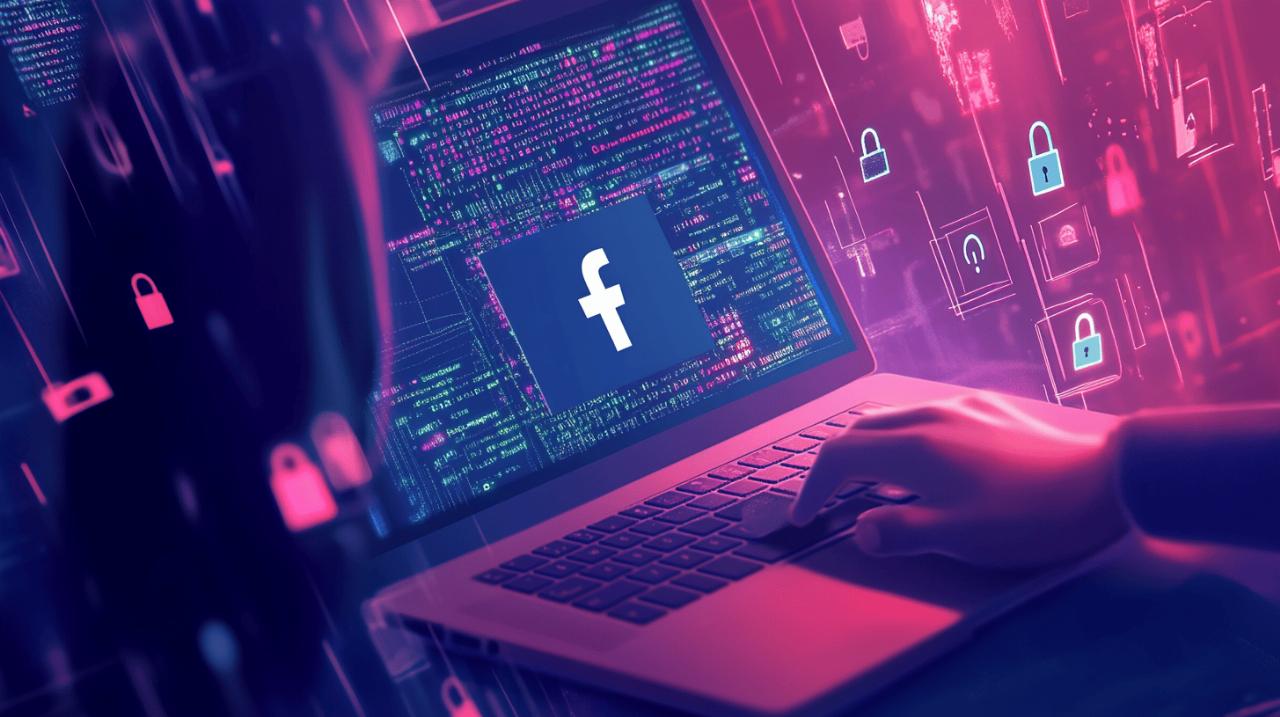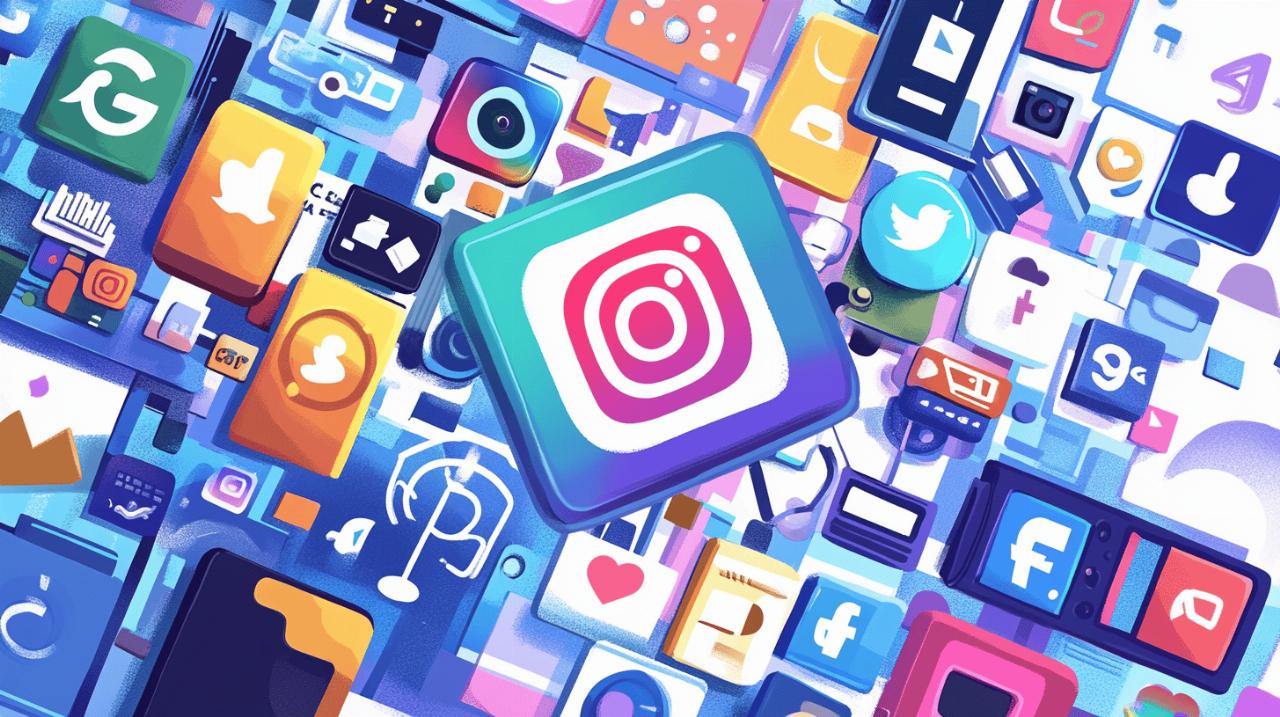Getting locked out of your Facebook account can feel like being barred from your own local, unable to catch up with friends or share the moments that matter most. Whether you've misplaced your security code or simply cannot recall the details needed to regain access, the process of recovering your account needn't be a daunting task. This comprehensive guide will help you navigate the recovery process swiftly whilst reinforcing your account security for the future, ensuring your personal information remains protected in an increasingly connected world.
Understanding facebook security codes and why they matter
What is a Facebook Security Code and When Do You Need It?
Facebook employs various security codes to verify your identity and safeguard your account from unauthorised access. Contrary to what some might assume, there is no single universal unlock code for Facebook. Instead, the platform uses several types of verification methods depending on the situation. A password reset code, typically a six-digit number, is dispatched to your registered email address or mobile number when you've forgotten your login details. Two-factor authentication codes, often referred to as 2FA codes, provide an additional layer of security by requiring a second form of verification beyond your password. These codes can be generated by an authenticator app, sent via text message, or accessed through a security key. Recovery codes are another critical component, consisting of ten one-time codes that you should save securely for emergency access. Additionally, you can request a one-off password via SMS by texting the letters 'otp' to the shortcode 32665, which can be particularly handy when other methods are unavailable.
The Importance of Security Codes for Protecting Your Personal Data
In an era where online privacy is increasingly under scrutiny, security codes serve as a vital barrier against unauthorised individuals attempting to access your Facebook account. These verification methods ensure that even if someone discovers your password, they cannot gain entry without the additional code sent to your trusted device or email. By embracing these security measures, you significantly reduce the risk of account hijacking, identity theft, and the misuse of your personal information. The platform has integrated these features not merely as an inconvenience but as essential tools to maintain the integrity of your online presence. As such, understanding how these codes function and when they are required empowers you to take control of your account security and respond promptly should you ever lose access.
Step-by-step guide to retrieving your lost facebook security code
Initiating the account recovery process through facebook's login page
When you find yourself unable to log in, the first port of call is the Facebook login page. Rather than entering your usual email address or mobile number and password, look for the prompt that reads 'Forgotten account?' or 'Need help logging in?' Clicking this link will direct you to the account recovery interface, where you can begin the process of regaining access. Facebook will then prompt you to identify your account by providing information such as your email address, mobile number, or full name. Once you supply the correct details and hit the search button, the platform will locate your account and present you with several options for receiving a security code. This streamlined process is designed to be as straightforward as possible, allowing you to regain control without unnecessary hassle.
Selecting the Best Method to Receive Your Security Code
After Facebook identifies your account, you will be offered a choice of methods to receive your verification code. Typically, you can opt to have the code sent to your registered email address or mobile number. It is advisable to select the option that is most readily accessible to you at that moment. Keep a close watch on your inbox or text messages, as the code should arrive within a few minutes. If it does not appear promptly, it is worth checking your spam or junk folder, as automated messages occasionally end up there. Should the code still fail to arrive, you can request it again or try an alternative method. Ensuring that your contact details are up to date is crucial, as outdated information can hinder the delivery of these critical codes. Once you receive the code, enter it accurately into the designated box on the Facebook website. Following successful verification, you will usually be prompted to create a new password. It is essential to choose a robust password comprising at least twelve characters, blending letters, numbers, and symbols to maximise security. Avoid reusing passwords from other accounts, as this practice can leave you vulnerable across multiple platforms.
Strengthening your account security after code recovery
Creating a Robust Password and Enabling Two-Factor Authentication
 Upon successfully regaining access to your account, the immediate priority should be to fortify your security settings. A strong password is the cornerstone of account protection, and it should be unique to your Facebook profile. Consider using a passphrase that combines unrelated words with numerical and symbolic characters, making it both memorable and difficult for others to guess. Beyond password management, enabling two-factor authentication is one of the most effective measures you can take to prevent unauthorised access. This additional layer requires a second form of verification each time you log in from an unrecognised device. You can receive these codes through an authenticator app such as Google Authenticator, via SMS, or by using a security key. Authenticator apps are generally more secure than SMS-based methods, as they are less susceptible to interception. By setting up 2FA, you ensure that even if your password is compromised, your account remains protected.
Upon successfully regaining access to your account, the immediate priority should be to fortify your security settings. A strong password is the cornerstone of account protection, and it should be unique to your Facebook profile. Consider using a passphrase that combines unrelated words with numerical and symbolic characters, making it both memorable and difficult for others to guess. Beyond password management, enabling two-factor authentication is one of the most effective measures you can take to prevent unauthorised access. This additional layer requires a second form of verification each time you log in from an unrecognised device. You can receive these codes through an authenticator app such as Google Authenticator, via SMS, or by using a security key. Authenticator apps are generally more secure than SMS-based methods, as they are less susceptible to interception. By setting up 2FA, you ensure that even if your password is compromised, your account remains protected.
Reviewing privacy settings and managing application access
Once your password is secure and two-factor authentication is active, it is prudent to review your broader privacy settings. Navigate to the settings menu and examine which applications have access to your Facebook account. Over time, you may have granted permissions to various third-party services that no longer require access or that you no longer use. Revoking these permissions reduces the risk of data breaches and limits the number of potential entry points for malicious actors. Additionally, review your privacy settings to control who can see your posts, send you friend requests, and view your personal information. Customising these settings according to your preferences helps maintain a balance between social connectivity and personal privacy. Taking these steps not only secures your account but also enhances your overall online presence, ensuring that your personal data remains safeguarded.
Best practices for maintaining facebook account security going forward
Regular security audits and authentication application setup
Maintaining robust account security is not a one-time task but an ongoing commitment. Conducting regular security audits of your Facebook account helps identify potential vulnerabilities before they can be exploited. Periodically review your active sessions to ensure that all logged-in devices are recognisable and authorised. If you notice any unfamiliar activity, you can immediately revoke access and change your password. Setting up an authentication application is a proactive measure that enhances your account's resilience against unauthorised entry. Applications such as Google Authenticator or Microsoft Authenticator generate time-sensitive codes that are far more secure than SMS-based verification. Additionally, it is wise to save your recovery codes in a secure location, such as a password manager or a physical safe, so that you can regain access even if you lose your primary authentication method. By integrating these practices into your routine, you significantly reduce the likelihood of future login issues and safeguard your personal information.
Preventing unauthorised access and safeguarding your online presence
To further protect your account, consider adding multiple contact methods to your profile. This redundancy ensures that you can receive verification codes through various channels should one become unavailable. Always be vigilant about suspicious communications claiming to offer Facebook unlock codes or promising to restore access for a fee, as these are invariably scams designed to exploit vulnerable users. Legitimate security codes are always provided free of charge directly by Facebook and are never sold by third parties. Staying informed about the latest security practices and remaining cautious about the information you share online are fundamental to maintaining a secure online presence. By adopting these best practices, you not only protect your Facebook account but also contribute to a safer digital environment for yourself and your connections. In a world where data privacy and account security are paramount, taking these proactive steps ensures that your personal information remains under your control, allowing you to enjoy the benefits of social connectivity without unnecessary risk.





